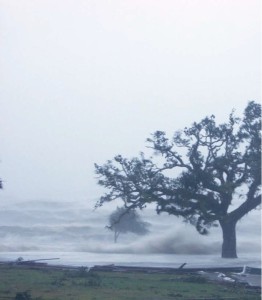Who are the primary actors who might play a role in adapting our communities to coastal hazards? What laws and regulations are in place to to guide and support implementation of these actions? How do we know what land use standards and building codes are the best policies for hazard mitigation? These are just a few questions on the minds of planners and citizens in every coastal area.
These are just a few questions on the minds of planners and citizens in every coastal area.
Over the last four decades, it is government policy (or lack there of) that is largely responsible for much of the hazardous coastal growth that has occurred. However, it is within this same framework of policy that these coastal hazards can be addressed. The key is figuring out what is the best mix of requirements and incentives for growth and the right level of government that is best suited to carry out on-the-ground plans.
In order to elucidate the current framework that is in place for determination these questions, we have reviewed the legal and institutional policies and agents of Federal, State, and Local governments as they apply to land use and building codes. This section of the website explores the institutional and regulatory elements that play a role in adaptation to changing coastal conditions on the U.S. Gulf Coast.
Click on the following links to learn more: Federal Legal Framework and State & Local Legal Framework.
Click on the following link to learn about the “Safe Government Paradox“, which has resulted from government policy decisions.



